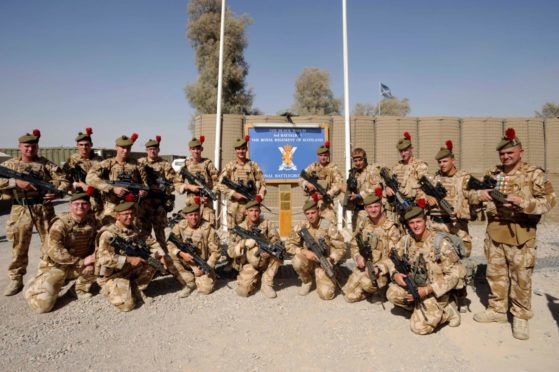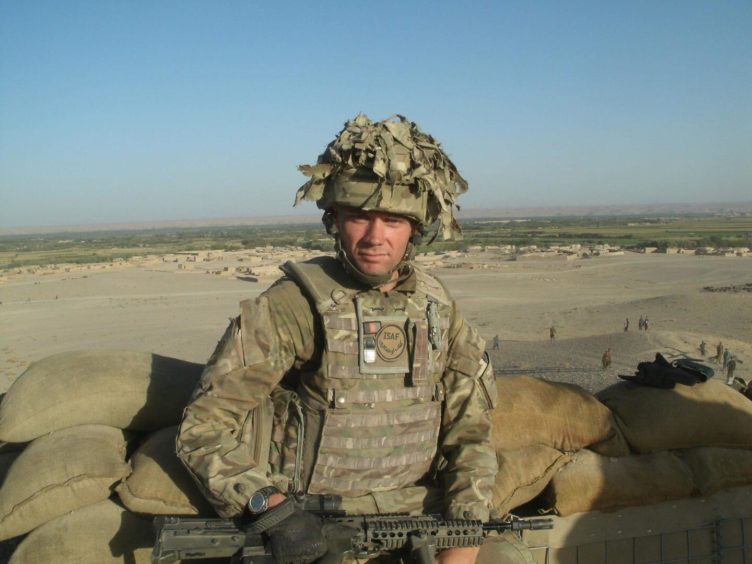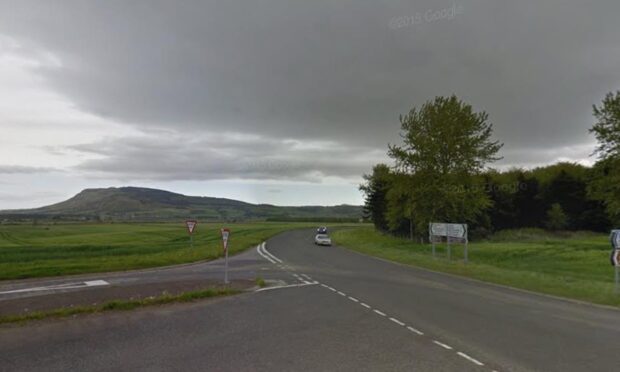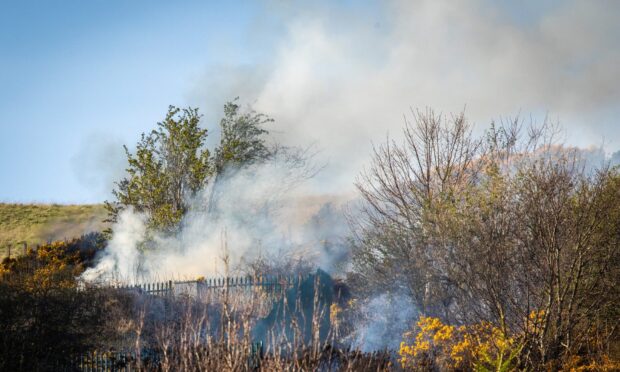They are one of the biggest names in Scottish military history.
Black Watch soldiers seem to have fought everywhere – from Fontenoy to Fallujah, Ticonderoga to Tobruk.
Now, they are poised to return home – back to their traditional stomping ground in Fife, one of their main recruiting hotspots.
When defence chiefs revealed the battalion – once a regiment in its own right but later subsumed into the Royal Regiment of Scotland – was moving to an expanded Leuchars base, many will have breathed a sigh of relief.
The Black Watch – currently based in the relative wilderness of Fort George, near Inverness – and their comrades in the wider Royal Regiment of Scotland were front and centre in Afghanistan, Britain’s longest running conflict.
‘Heart of darkness’
Troops from the Watch were among the last out, the final witnesses to our nation’s ignominious departure.
I have always had a soft spot for the red hackled soldiers of the battalion.
Seeing them up close and personal in Afghanistan, changed the course of my life.
I was embedded with the Black Watch in 2009 as a reporter with a national newspaper.
I joined them on an airborne strike operation, clambering aboard a Chinook helicopter as pretty much the whole battalion swept into an area dubbed ‘the heart of darkness’.
Sweeping down the Sangin valley, the troops dismounted at a tiny hamlet called Malmand Chinah as small arms fire rattled through the night air.
The experience was terrifying and enthralling in equal measure.
Life would not be the same for me. When I came back to Blighty, I signed up for the Army determined to see what life was really like from the frontline – this time as a soldier.
Many of the men and women I met who served in the battalion in 2009 were from Dundee, Tayside, Forfar, Fife, Angus, Perthshire – areas forever interlinked with the battalion’s proud history.
These communities will feel that their Black Watch is finally coming home.
The Ministry of Defence’s plans means that the Black Watch will leave Fort George barracks in 2029 and relocate to Leuchars.
This reshuffle will be music to many ears despite being eight years away. The move ends years of uncertainty.
A military source told me: “It makes sense to do it the old school way with battalions based in their traditional recruiting grounds.
“We should never have moved away from that way of thinking in the first place.
“It was the same with getting civvy firms to deal with recruitment.
“A bad idea which should have never got off the ground – like not having a footprint in your unit’s heartland.”
Major boost
In 2017, then Defence Secretary Sir Michael Fallon said he hoped to “bring The Black Watch back into their traditional Tayside recruiting ground” but nothing happened and they soldiered on in the windswept promontory of Fort George.
Now, the Black Watch’s future is guaranteed as is their march back into their heartland.
Some famous Scottish regiments such as the Cameronians and the Argylls, reduced to ceremonial company strength, have vanished.
The Black Watch have definitely bucked that trend.
It remains to be seen whether a move back to Fife will provide a boost to recruitment and retention – issues that every Army unit still struggles with.
But Thursday’s news is a welcome development – and undoubtedly a major boost for their heartland.











